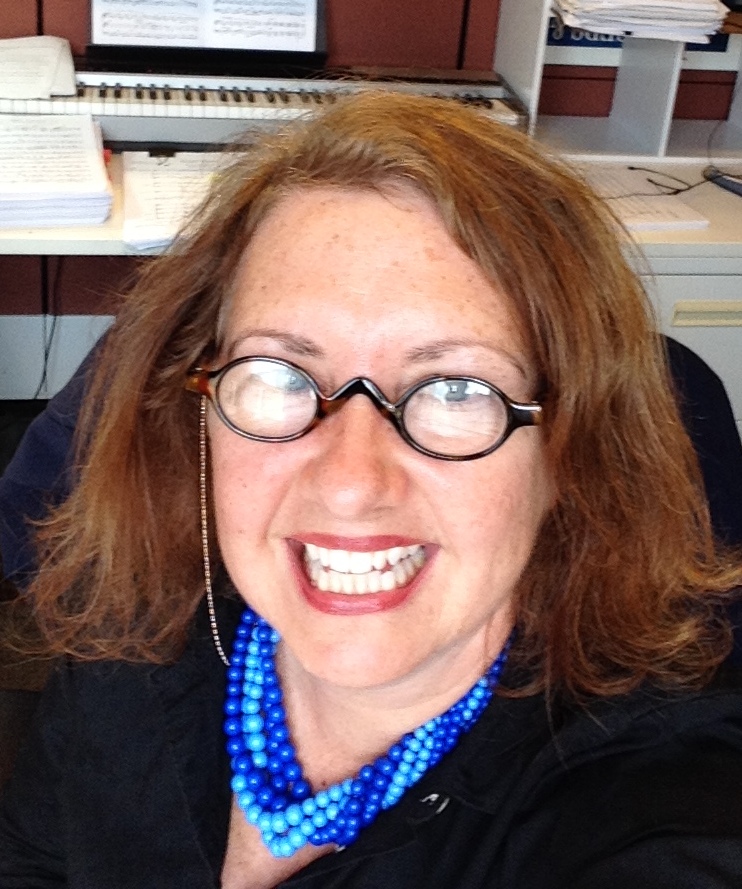Special Reports
Editing in the New Age: Same Job, Different Tools
![]() If technology is changing the way scores are distributed and read, so is it changing the way they look, to say nothing of the tools that composers, editors, and copyists use to create them. For an editor, the goal remains the same: to ensure that the music on the page looks uncluttered, well organized, and as clear as possible to read.
If technology is changing the way scores are distributed and read, so is it changing the way they look, to say nothing of the tools that composers, editors, and copyists use to create them. For an editor, the goal remains the same: to ensure that the music on the page looks uncluttered, well organized, and as clear as possible to read.
What is a music editor?
Contrary to popular wisdom, music editors do not rewrite works as they’d prefer to hear them, nor do we orchestrate from a composer’s score sketch, or produce recordings. Like a prose editor, a music editor prepares the product for publication, whether in digital or print form, ensuring that it is presented in its most accurate and understandable form. The terms engraver, copyist, and editor are sometimes used interchangeably. Technically, an engraver notates music for the purpose of performance or study, and is a combination of highly skilled music notator and graphic artist. A copyist copies out or inputs pre-edited and preformatted pages prepared by the editor. The following outlines the editor’s responsibilities.
New work:
- Look for errors and inconsistencies, such as instrument ranges, proper spellings with respect to key signatures, accurate beaming/flagging for rhythmic values, mutes on or off, doublings, etc.
- Review the score with the composer ß Cast off the full score, that is, decide what goes on each page (with practical turns wherever possible) and recommend page dimensions
- Assign a copyist to the score ß Assign a proofreader to proofread the engraving against the manuscript, which can be either the composer’s hand-copied score or the original computer file
- Make corrections where necessary
- Extract the parts, have them proofread, make corrections
- Send the score to print/digital file and to the performing group premiering it
- Receive parts and score back for any errata entered in by hand by the performers
Existing work:
- Update older/hand-copied scores by computer engraving
- Extract new parts
- Work with composers who wish to make revisions to their scores, implement changes into all files for all performance materials
Tools of the times
From woodblock and movable type to lithography, plate engraving/punching, music typewriter, dry transfer, stencil, and computer software, music engraving has always mirrored the print capabilities of the time. Below are some of the most commonly used tools through the years.
Hand copying
In the 14th century, music was taught orally and performed from memory. Manuscripts such as this one, which could only be handcopied, acted more as a guide than a precise representation of the music. The notes are square because the pen tips were square; rhythms were indicated by the interrelationship of the notes—the closer together, the shorter the duration.
Movable type
Each musical symbol was given a separate piece of type on a five- line staff. After all the type was put together like a jigsaw puzzle, a reverse image would be made from it.
Plate engraving
Music was engraved on pewter plates, first carving out the staff lines with a scorer, then sketching out the layout backwards with a steel pencil, then turning the plate over and punching (hammering) and carving in the symbols. From the plate, a negative was made, which was then used to print the score.
Computer re-engraving
There are thousands of works still in circulation that are hand-copied. This is an example of a part originally engraved by hand using stencils and a T square ruler and the same page re-engraved by computer.
Music typewriter
Music typewriters, now obsolete, required a great deal of preparation and were limited in what they could produce. Any curved lines would have to be hand drawn or stenciled, and spacing—of measures,
page turns, etc.—was a matter of trial and error.
Dry transfer
Dry transfer sheets required engravers and copyists to literally transfer a music symbol onto a manuscript page by placing it over the staff and scratching it off with a spatula or pencil.
Music software
The three main music software programs used by publishing houses today are Score, Finale, and Sibelius.
All have their strengths and weaknesses in different areas. Whether inputting via a midi keyboard, a mouse, or a computer keyboard, the whole piece must first be carefully checked, along with making decisions about page and staff size.
 Maggie Heskin is director of editorial at the New York offices of Boosey & Hawkes, working on the music of John Adams, Steve Reich, Elliott Carter, Osvaldo Golijov, Carlisle Floyd, David T. Little, among many others. Prior to B&H, she was senior editor at Peermusic Classical, and before that editor at Carl Fischer.
Maggie Heskin is director of editorial at the New York offices of Boosey & Hawkes, working on the music of John Adams, Steve Reich, Elliott Carter, Osvaldo Golijov, Carlisle Floyd, David T. Little, among many others. Prior to B&H, she was senior editor at Peermusic Classical, and before that editor at Carl Fischer.





 FEATURED JOBS
FEATURED JOBS

 RENT A PHOTO
RENT A PHOTO


